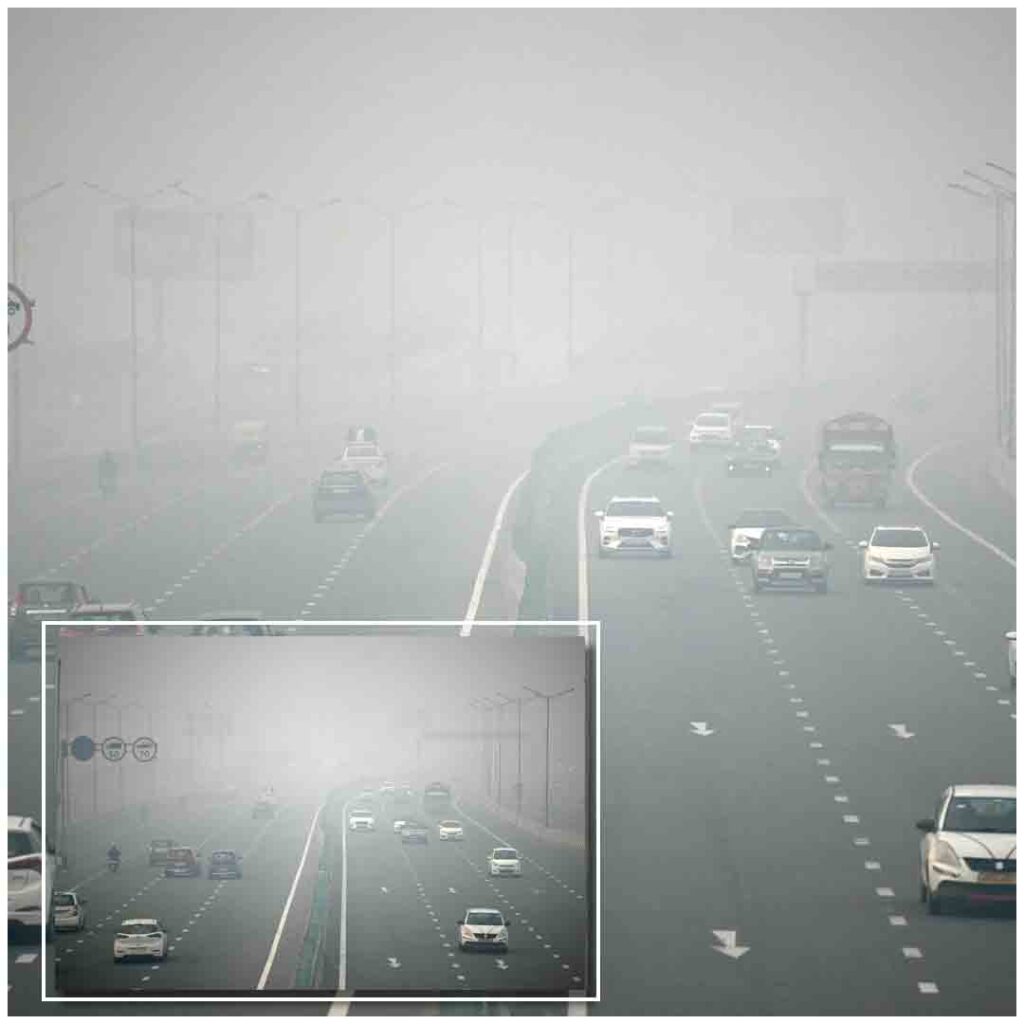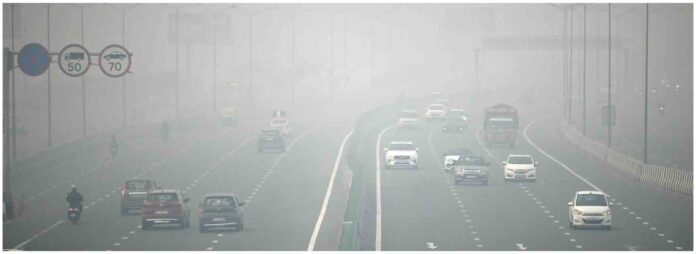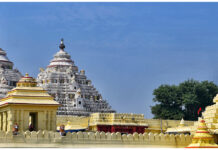In the aftermath of the joyous Diwali celebrations, the city of Delhi finds itself grappling with a sobering reality—the deterioration of air quality. The morning after the festival of lights has cast a pall of smog over the capital, with the Air Quality Index (AQI) at Anand Vihar registering in the ‘Very Poor’ category. This unfortunate turn of events serves as a stark reminder of the environmental challenges faced by urban centers during the festive season.
Diwali, while a time of merriment and togetherness, often brings with it a concerning spike in air pollution. The revelry, marked by the bursting of firecrackers and the glow of fireworks, contributes significantly to the release of pollutants into the atmosphere. As the skies light up with dazzling displays, the air becomes laden with particulate matter, leading to a post-celebration haze that poses health risks for the residents.
Anand Vihar, a locality that has been particularly susceptible to fluctuations in air quality, now bears witness to an ‘Very Poor’ AQI rating. This label indicates that the air contains elevated levels of pollutants that can be detrimental to the well-being of individuals, especially those with respiratory conditions. The dip in air quality serves as a call to action for residents, authorities, and environmentalists alike to address the underlying causes of pollution and work collectively towards sustainable solutions.

The ‘Very Poor’ air quality is not merely a statistic; it is a tangible manifestation of the environmental impact of unchecked festivities. The fallout from Diwali celebrations extends beyond immediate visibility issues, penetrating deep into the respiratory health of the population. Vulnerable groups, including children and the elderly, are particularly at risk, and the need for stringent measures to mitigate the consequences becomes all the more urgent.
It is imperative for Delhiites to acknowledge the post-Diwali blues in the form of compromised air quality and take proactive steps to alleviate the situation. This might involve a collective effort to curtail the use of firecrackers or, alternatively, exploring eco-friendly alternatives. Additionally, stringent enforcement of regulations surrounding the bursting of crackers and heightened public awareness campaigns can contribute to fostering a more sustainable and eco-conscious approach to celebrating festivals.
The Anand Vihar AQI hitting the ‘Very Poor’ mark should act as a wake-up call for policymakers to reevaluate existing environmental regulations and explore innovative solutions to curb air pollution. The integration of cleaner technologies, promotion of public transportation, and the cultivation of green spaces are all integral components of a holistic strategy to combat the post-Diwali environmental fallout.
In the broader context, the post-Diwali scenario in Delhi underscores the pressing need for a nationwide conversation on sustainable celebrations. Striking a balance between cultural traditions and environmental responsibility is not only possible but imperative for the well-being of current and future generations. The post-Diwali blues can serve as a catalyst for change—a reminder that the health of the environment and the health of the people are inextricably linked.
As Delhi grapples with the consequences of post-Diwali air quality deterioration, it is crucial for residents, authorities, and environmental activists to come together in a concerted effort to address the root causes and pave the way for a cleaner, healthier future. The ‘Very Poor’ AQI is not just a designation; it is a call to action, a plea for a more sustainable and mindful approach to celebrating festivals and preserving the environment for generations to come.

























